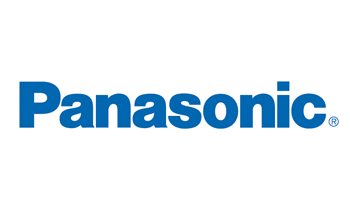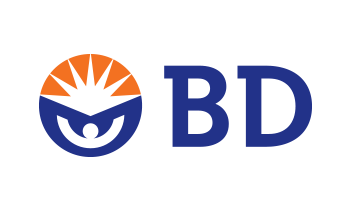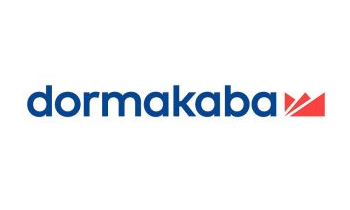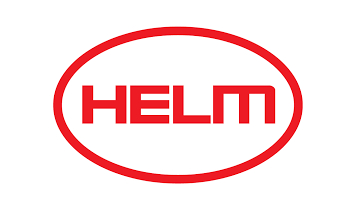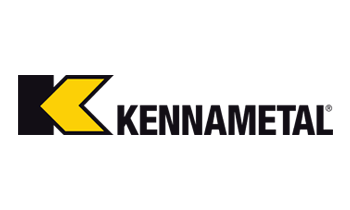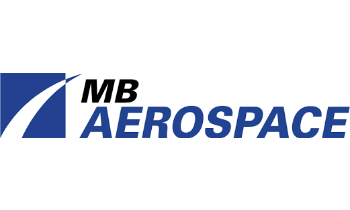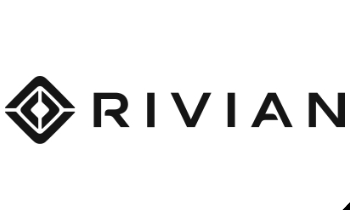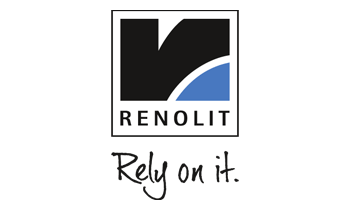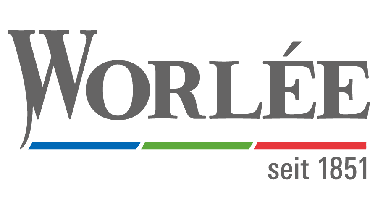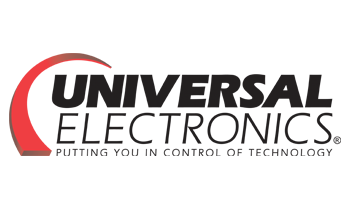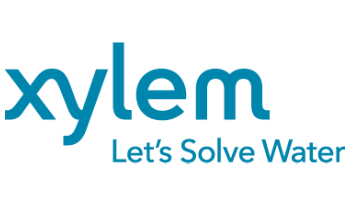The No. 1 Software for Conflict Minerals and Cobalt Compliance & Reporting
Conflict minerals are often present in complex products for specific requirements that have a low vertical range of manufacture. This is why tracking of the origin of minerals is extremely challenging.
Ensure compliance with evolving conflict mineral regulations
iPoint Conflict Minerals is a cloud-based software solution that enables companies to address the challenge of collecting, managing, aggregating and reporting on conflict minerals and meeting the requirements of their customers and regulatory authorities.
Standardized reporting process
Benefit from standardized Reporting Templates (CMRT & CRT) from the Responsible Minerals Initiative (RMI) that help companies to provide accurate information about the country of origin of minerals and the smelters and refineries they use.
Worldwide supplier community
With tens of thousands of registered companies worldwide, a large community of suppliers is available to you on a common platform - the iPoint SustainHub, the largest community of sustainability & compliance experts worldwide.
High quality training and support
With our video tutorials, user guides and a professional help desk for suppliers and customers, we support you step by step on the way to responsible sourcing.
From responsible sourcing to corporate responsibility
Create transparency in your supply chain to verify that your materials and components are ethically sourced. In this way, you make an important contribution to the creation of holistic corporate responsibility.
Become an iPoint Conflict Minerals User now
To meet the needs of your company profile and size, we offer four different plans. A free Basic license is available for suppliers to answer queries from their customers. Start your way to responsible sourcing now.
Conflict Minerals - Definition
What are conflict minerals?
Conflict Minerals refer to raw materials or minerals that come from a particular part of the world where conflict is occurring and affects the mining and trade of those materials and resources.
The so called 3TGs are tin, tantalum, tungsten and gold which are mined in eastern Congo (DRC) or adjoining countries.
3TGs are essential to the production of a wide range of devices, including consumer electronics such as smartphones, tablets and computers, as well as in products from the jewelry, automotive, aerospace, medical equipment and many other product groups and industries.
Central problem of conflict minerals?
In a resource-rich country without sufficient state control, armed groups create a financial basis for themselves by exporting raw materials.
Their systematic exploitation can lead to serious human rights violations, violations of international humanitarian law or the realization of international criminal law.
A major difficulty is obtaining the necessary information on conflict commodities in supply chains, components, and products to effectively prevent their trafficking.

Cobalt Due Diligence
What is Cobalt?
Cobalt was first used for heat-resistant paints and pigments, e.g. for painting porcelain and ceramics. Today, cobalt is used as an alloying component to increase the high-temperature strength of alloyed and high-alloy steels, as a binder phase in hard metals and diamond tools.
Cobalt steels are used, for example, for highly stressed components that have to withstand high temperatures, such as valve seat inserts in internal combustion engines. Cobalt-based superalloys have historically consumed most of the cobalt produced. The temperature stability of these alloys makes them suitable for gas turbine blades and aircraft engines.
Furthermore, cobalt is used in lithium-ion batteries, which are an essential component of electric cars, among other things. It can therefore be assumed that demand for cobalt will increase significantly in the coming years.
Central problem of cobalt production?
As with many other ores, mining is partly carried out under precarious conditions. Several reports have raised concerns about the social and environmental impacts of cobalt mining, including child labor, modern slavery unsafe working conditions.
It is estimated that in Congo, where a good half of the world's cobalt is mined, around 20% of the cobalt is mined by hand.

Background Information
Legislative regulations - Relevance for Companies - The RMI Reporting Framework
In 2010, Congress passed the Dodd-Frank Act, which directs the Commission to issue rules requiring certain companies to disclose their use of conflict minerals if those minerals are “necessary to the functionality or production of a product” manufactured by those companies. Under the Act, those minerals include tantalum, tin, gold or tungsten.
Congress enacted Section 1502 of the Act because of concerns that the exploitation and trade of 3TGs by armed groups is helping to finance conflict in the DRC region and is contributing to an emergency humanitarian crisis. Section 1502 of the Act amends the Securities and Exchange Act of 1934 to add Section 13(p).
The final rule applies to a company that uses minerals including tantalum, tin, gold or tungsten if:
- The company files reports with the SEC under the Exchange Act.
- The minerals are “necessary to the functionality or production” of a product manufactured or contracted to be manufactured by the company.
The final rule requires a company to provide the disclosure on a new form to be filed with the SEC (Form SD). To learn more, please visit information in the links below:
Which companies are affected?
Companies that are publicly traded in the USA (called „issuers“ under the law) need to disclose whether or not 3TGs that are necessary to the functionality or production of a product they manufacture originated in the Democratic Republic of the Congo. If they did, they must submit a report to the Securities and Exchange Commission (including due diligence specification and an independent third party audit).
Reporting requirements are passed down the supply chain
Companies not publicly traded in the USA are not directly affected by the Dodd-Frank Act, which means they are not legally required to proactively deal with conflict minerals reporting. However, any company which is a supplier of publicly traded US companies will be indirectly affected, because the reporting requirements are passed down the supply chain. This means that requests from customer companies need to be dealt with.
For cobalt reporting, you can use the Cobalt Reporting Template (CRT) by the Responsible Minerals Initiative (RMI). The CRT helps you collecting information about the country of origin and the smelters and refiners used.
For your cobalt reporting, you need to examine the supply chain in terms of smelter and refiner usage. To do this, you will need to communicate your company's requirements to your suppliers and collect data using the CRT. Once the data is collected, you need to analyze it to determine the risk level of the smelters and refiners used in your supply chain.
Our software iPoint Conflict Minerals helps you manage these individual steps in a central application along with your Conflict Minerals reporting.
To read more about the Conflict Free Sourcing Initiative (CFSI) reporting framework, please visit: www.responsiblemineralsinitiative.org
- Cassiterite is the main ore for the extraction of tin, which is essential for the production of tin cans and for the solder on the circuit boards of electronic devices.
- Coltan is the metal ore from which the element tantalum is extracted.Tantalum is mainly used for the production of tantalum capacitors (GPS, anti-lock braking systems, laptops, etc.).
- Wolframite is an important source of the element tungsten. It is widely used, for example, for fishing weights, dart tips and golf club heads.
- Gold is used for jewelry, electronics and dental products, among others.
Cobalt reporting is currently not required by any international legislation or regulation. According to the definition provided in the SEC Final Ruling (US Securities and Exchange Commission, 2012), as it relates to Section 1502 of the Dodd-Frank Wall Street Reform and Consumer Protection Act of 2010 (US Congress, 2010), Cobalt is NOT a conflict mineral.
Why is voluntary cobalt reporting important for companies?
Companies need to keep pace with the market expectations of customers, investors and non-governmental organizations. Furthermore, companies can thus highlight their corporate responsibility.
To get more background information about the situation in the Congo, please visit:
For more information on Cobalt due diligence and reporting, click here:

